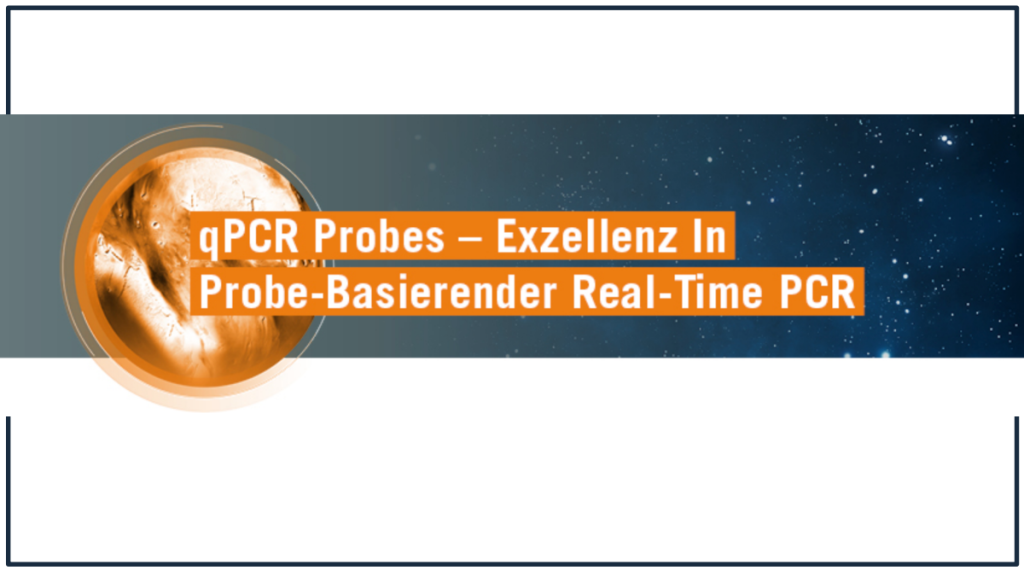Quantitative polymerase chain reaction (qPCR) is widely applied in molecular biology to detect and quantify nucleic acids (DNA and RNA) at low abundance. QPCR probes work by hybridizing to target DNA sequences and detecting fluorescent signals resulting from probe-target interaction. QPCR probes are the most important part of a QPCR experiment. They are the pieces of DNA that will amplify a specific gene and turn it into a measurable signal. The quality of your qPCR probe greatly impacts your results, so you must choose high-quality probes.
Many factors go into making a good QPCR probe. These include;
Specificity
The probe should be specific to the target sequence in your sample. This means the probe should not bind to any other DNA or RNA sequences or molecules in your sample. If a nonspecific binding occurs, it will give an incorrect result, and you will not know whether this is due to the presence of a specific target sequence or nonspecific binding.
Fluorescence properties
The fluorescence properties of your oligonucleotide should be as close as possible to the melting temperature of your target sequence. This means that when there is no amplification product in the reaction, there should be little or no signal from your oligonucleotide probe. In contrast, when a significant amount of target sequence is present in the reaction, your probe should show strong fluorescence emission.
Stability
The stability of a probe is determined by its melting temperature (Tm) and melting point (Tm), which are usually measured by denaturation curves or thermal cycling. The Tm is the temperature at which 50% of a double-stranded DNA molecule is denatured into single strands. At the same time, Tm is the temperature at which half of this strand population converts back into double-stranded DNA again. A higher Tm means that it will take longer for the probe to lose its ability to hybridize with its target sequence and increase its useful life span in an assay.
Sensitivity
The most important aspect of a QPCR probe is its sensitivity. A sensitive probe will be able to detect low levels of the target nucleic acid, even if there is only 1 copy per reaction. You will only get a signal if your sample contains enough templates for amplification. The best way to determine sensitivity is by testing your probes against different concentrations of the target nucleic acid without a competitor. Start with a high concentration, then work your way down until you find the lowest concentration that gives an appropriate signal-to-noise ratio.
Compatibility
The probe must be compatible with the DNA polymerase used in the reaction. Many enzymes have different preferences for probe design, and it can be difficult to predict what will work best without performing tests. For this reason, it is recommended to use custom assays for optimal performance with reagents. In addition to having probes designed specifically for each enzyme, each assay contains a positive control tested with the same enzyme for compatibility purposes.
Conclusion
There are a number of aspects to consider with the design of your probes, including gene choice, probe orientation, and copy number. Be sure that you understand these factors before jumping into probe design. It takes practice to design great QPCR probes successfully. These tips should help you get started.




